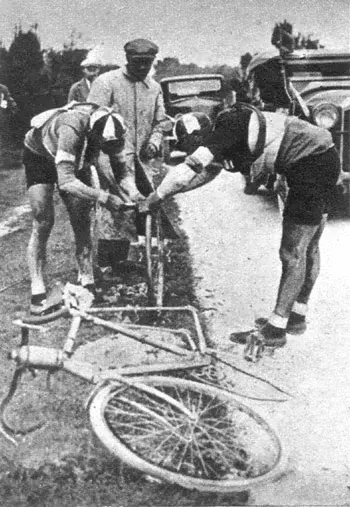grantoury
Kona Fan
From the article linked below about tyre widths in the '24 TdF, widths were 26 to 30mm, which I would still consider a narrow tyre that is optimal for paved roads. In my experience the larger tyre cushions and moves along the road better than a heavily pumped up 25mm i.e. it has less rolling resistance. But moving to a 40mm means loss in other areas like weight and inertia. Tests have just measured rolling resistance. As is explained in another article linked to below. I made this point earlier in this thread, not to rain on Jan Heine's parade or talk down on wider tyres which I happen to love, but just to point out a simple physical principle that everyone who rides bicycles on the road will encounter. Which is that there is a trade off between wider tyres and narrower ones in rolling resistance and weight and inertia. Supple tyres like the Rene Herse will improve on this but will never cancel it out. No animosity from my part, just an appeal for common sense.
https://velo.outsideonline.com/road...e/every-tire-teams-using-tour-de-france-2024/
https://en.brujulabike.com/der-poel-on-the-trend-of-riding-increasingly-wider-tires-i-think-there-is-a-limit/#:~:text=In fact, recent tests suggest,already using 30 mm tires.
https://velo.outsideonline.com/road...e/every-tire-teams-using-tour-de-france-2024/
https://en.brujulabike.com/der-poel-on-the-trend-of-riding-increasingly-wider-tires-i-think-there-is-a-limit/#:~:text=In fact, recent tests suggest,already using 30 mm tires.
